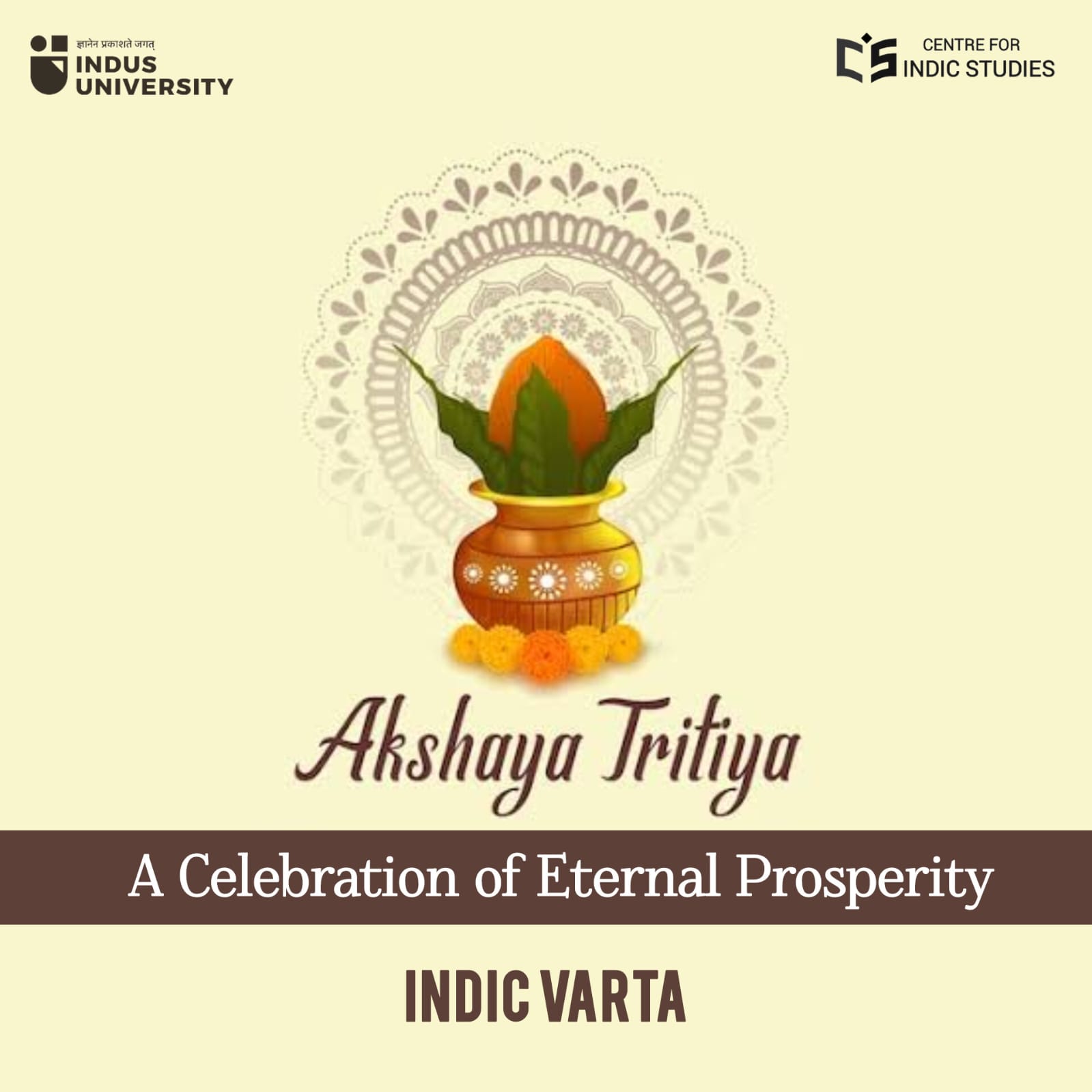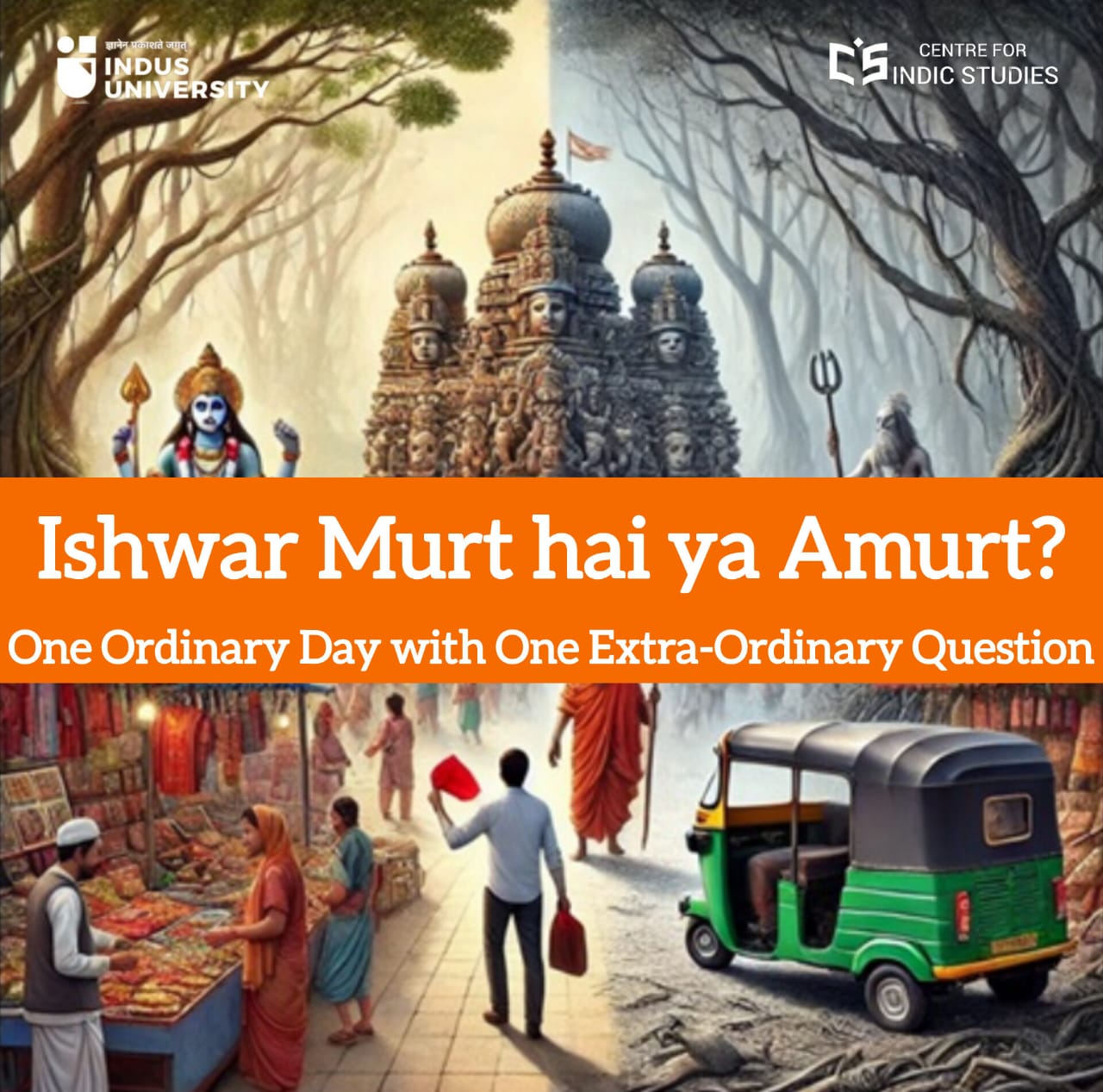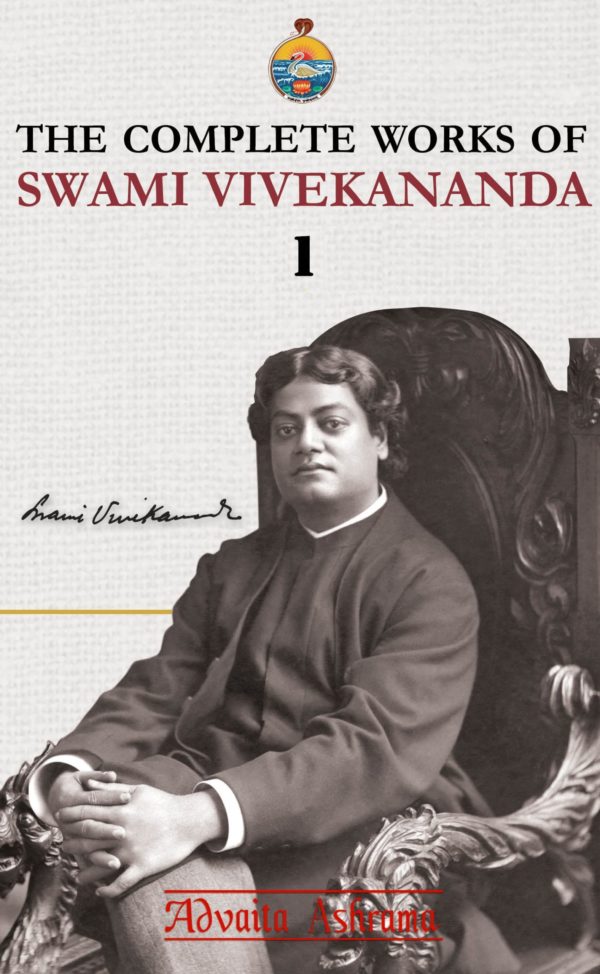- Visitor:40
- Published on: 2025-04-30 11:31 am
Akshaya Tritiya: A Celebration of Eternal Prosperity
Akshaya Tritiya, celebrated on the third day of the bright half (Shukla Paksha) of the Vaishakha month, is one of the most auspicious days in the Hindu and Jain calendars. Known as the “day of eternal success,” it embodies themes of prosperity, charity, and spiritual growth. This article delves into the etymology, mythological origins, astrological significance, religious practices, and socio-cultural impact of Akshaya Tritiya. Drawing from Vedic texts, Puranic narratives, and modern practices, it examines the festival’s enduring relevance and its ability to balance material and spiritual aspirations. The article also highlights regional variations and contemporary trends, offering a holistic perspective on this revered occasion.

Introduction
Akshaya Tritiya, also known as Akha Teej, is a sacred festival celebrated with immense reverence by Hindus and Jains across India and the global diaspora. Observed on the third lunar day (Tritiya) of the Shukla Paksha in the month of Vaishakha (typically April or May), this day is considered one of the most auspicious for initiating new ventures, performing religious rituals, and making investments. The term “Akshaya” translates to “eternal” or “imperishable,” signifying that actions undertaken on this day yield everlasting results. Whether it is purchasing gold, starting a business, or engaging in charitable acts, Akshaya Tritiya holds a unique place in Indian culture as a harbinger of prosperity and divine blessings. The festival’s significance is multifaceted, encompassing spiritual, economic, and cultural dimensions. Rooted in Vedic traditions and enriched by Puranic narratives, Akshaya Tritiya is associated with key mythological events, such as the birth of Lord Parashurama, the descent of the Ganga, and the granting of the Akshaya Patra to the Pandavas. Astrologically, the day is marked by a rare alignment of celestial bodies, enhancing its auspiciousness. This article explores these aspects in detail, tracing the festival’s origins, rituals, and contemporary relevance while drawing on scriptural, historical, and modern sources to provide a comprehensive understanding.
Etymology and Meaning of Akshaya Tritiya
The term “Akshaya Tritiya” is derived from Sanskrit, where Akshaya combines a (non) and kshaya (diminution or destruction), meaning "that which is eternal" or "indestructible." Tritiya refers to the third lunar day of the Hindu calendar. Together, Akshaya Tritiya symbolizes a day when endeavors—spiritual, material, or intellectual—are believed to produce permanent, undiminishing results (Pandey, 2018). This concept resonates with the Hindu philosophy of karma, which posits that actions performed on auspicious occasions amplify their positive outcomes. The festival’s name also reflects its association with abundance and prosperity. In Vedic astrology, Akshaya Tritiya is considered a Swayam Siddha Muhurta, an inherently auspicious time that requires no additional astrological calculations to determine its suitability for significant activities (Joshi, 2019). This unique feature distinguishes it from other festivals and underscores its universal appeal for initiating ventures and seeking divine blessings.
Mythological and Historical Significance
Vedic and Puranic Foundations
Akshaya Tritiya is deeply rooted in Hindu scriptures, including the Vedas, Puranas, and Smritis. The Skanda Purana describes it as a day blessed by Lord Vishnu, who grants eternal prosperity to devotees who perform righteous acts (Tagare, 1996). The Bhavishya Purana narrates the story of Lord Krishna bestowing the Akshaya Patra—an inexhaustible vessel of food—upon the Pandavas, symbolizing divine abundance and sustenance (Venkatasubramanian, 2003). The festival is also linked to the Treta Yuga, as it is believed to mark the commencement of this era, a time associated with righteousness and divine incarnations. The Mahabharata further elevates the day’s significance by noting that the sage Vyasa began narrating the epic to Lord Ganesha on Akshaya Tritiya, highlighting its intellectual and spiritual importance (Sharma, 2005).
Key Mythological Events
Several pivotal events in Hindu mythology are associated with Akshaya Tritiya, reinforcing its sanctity:
Birth of Lord Parashurama: The sixth incarnation of Lord Vishnu, Parashurama, is believed to have been born on this day. As a warrior-sage, his legacy imbues the festival with themes of courage, discipline, and devotion (Joshi, 2019).
Descent of the Ganga: According to tradition, the sacred river Ganga descended to Earth on Akshaya Tritiya, prompted by the penance of King Bhagiratha. This event makes the day ideal for ritual baths and offerings to ancestors (Skanda Purana, Tagare, 1996).
Sudama’s Visit to Krishna: The story of Sudama, a poor Brahmin, offering Lord Krishna a humble gift of pounded rice on Akshaya Tritiya and receiving boundless wealth in return, underscores the festival’s emphasis on charity, humility, and divine grace (Sharma, 2005).
Draupadi’s Akshaya Patra: During their exile, the Pandavas were gifted the Akshaya Patra by Lord Krishna, ensuring they never went hungry. This narrative symbolizes divine providence and the eternal nature of blessings received on this day (*Bhavishya Purana, Venkatasubramanian, 2003).
Kubera’s Appointment as Treasurer: Lord Kubera, the god of wealth, is said to have been appointed by Lord Brahma on Akshaya Tritiya, linking the day to material prosperity (Pandey, 2018).
These stories collectively emphasize themes of abundance, devotion, and the eternal rewards of righteous actions, forming the mythological backbone of the festival.
(c) Astrological Importance
Akshaya Tritiya is astrologically significant due to the rare alignment of the Sun and Moon. On this day, the Sun is exalted in Aries, and the Moon is exalted in Taurus, creating a powerful cosmic energy that enhances the success of endeavors (Joshi, 2019). This alignment is believed to amplify positive vibrations, making it an ideal time for spiritual practices, investments, and new beginnings. The day is classified as one of the three-and-a-half Sade-Teen Muhurtas (supremely auspicious times) in the Hindu calendar, alongside Chaitra Shukla Pratipada, Vijayadashami, and half of Deepavali. Unlike other auspicious days that require specific timings (Muhurtas), Akshaya Tritiya is considered inherently auspicious throughout its duration, simplifying the performance of rituals and activities (Pandey, 2018). This unique feature has earned it the title of a Swayam Siddha Muhurta, meaning “self-accomplished auspicious time.”
The astrological significance is further enhanced by the absence of malefic planetary influences on this day, making it suitable for a wide range of activities, from marriages and housewarming ceremonies to business inaugurations and charitable acts (Joshi, 2019).
Religious Practices and Rituals
Akshaya Tritiya is marked by the worship of key deities associated with prosperity and protection:
Lord Vishnu and Goddess Lakshmi: As the preserver of the universe and the goddess of wealth, respectively, Vishnu and Lakshmi are central to the festival’s rituals. Devotees offer prayers, flowers, and sweets, chanting mantras like the Vishnu Sahasranama to seek blessings for prosperity (Sharma, 2005).
Lord Shri Krishna: In regions like Vrindavan and Mathura, Krishna is worshipped with offerings of butter, curd, and sweets, commemorating his bond with Sudama. Temples host special pujas and cultural programs.
Lord Ganesha and Lord Kubera: Ganesha, the remover of obstacles, and Kubera, the treasurer of wealth, are invoked to ensure success in new ventures. Devotees perform Homas (fire rituals) and offer modak and coins as symbols of abundance (Pandey, 2018).
Rituals begin with a purifying bath, often in a sacred river like the Ganga or Yamuna, followed by fasting or consuming sattvic (pure) food. Temples are adorned with flowers and lights, and priests conduct elaborate pujas to invoke divine blessings.
Charity, known as Dana, is a cornerstone of Akshaya Tritiya celebrations. The act of giving is believed to yield eternal merit, as exemplified by the story of Sudama. Common forms of charity include:
a) Donating food, clothes, or money to the poor.
b) Organizing Annadanam (free food distribution) for communities.
c) Offering gifts to Brahmins and priests as a mark of respect.
The Skanda Purana emphasizes that charity performed on Akshaya Tritiya purifies the soul and ensures divine favor (Tagare, 1996). Many devotees also perform Tarpana (offerings to ancestors) to honor their lineage and seek blessings for familial prosperity.
Economic and Cultural Significance
Gold and Wealth Acquisition: Akshaya Tritiya is synonymous with the purchase of gold, silver, and other valuables, driven by the belief that investments made on this day yield everlasting returns. This tradition is rooted in the worship of Goddess Lakshmi and Lord Kubera, who symbolize wealth and abundance. According to the World Gold Council (2023), India’s gold demand surges significantly on Akshaya Tritiya, with jewelry sales accounting for a substantial portion of annual consumption. The purchase of gold is not merely an economic act but a cultural ritual. Even those with limited means buy small amounts of gold or silver coins as a symbolic gesture to attract prosperity. Real estate purchases and investments in stocks or mutual funds also peak on this day, reflecting its broader economic impact (Times of India, 2024).
Business and New Ventures: Akshaya Tritiya is considered an ideal day for launching businesses, signing contracts, and initiating projects. Entrepreneurs, professionals, and farmers view it as a time to lay the foundation for long-term success. In rural areas, farmers begin sowing crops, trusting the day’s blessings for a bountiful harvest (Joshi, 2019). The festival’s economic significance is evident in the flurry of activity across industries, from retail and real estate to agriculture and technology. Small-scale artisans and traders also launch new products or open shops, capitalizing on the day’s auspiciousness.
Regional Variations in Celebrations
Akshaya Tritiya is celebrated with regional diversity, reflecting India’s cultural richness:
North India: In Uttar Pradesh and Rajasthan, devotees visit temples and perform rituals for ancestors. The festival coincides with Parshuram Jayanti, marked by special pujas in honor of Lord Parashurama. In Punjab, farmers celebrate with prayers for agricultural prosperity (Sharma, 2005).
Western India: In Maharashtra and Gujarat, Jains observe Akshaya Tritiya as the day Lord Adinath (Rishabhanatha), the first Tirthankara, broke his year-long fast with sugarcane juice offered by King Shreyans. Jains emphasize austerity, charity, and visits to pilgrimage sites like Palitana (Pandey, 2018).
Eastern India: In Odisha, farmers mark the day with Akshaya Muhana, a ritual to begin sowing seeds, while in West Bengal, devotees worship Goddess Lakshmi and Lord Vishnu in temples and homes.
Southern India: In Tamil Nadu, Andhra Pradesh, and Karnataka, temples host grand pujas, and devotees undertake pilgrimages to Vishnu shrines like Tirupati. The day is also popular for weddings and housewarming ceremonies (Joshi, 2019).
These variations highlight the festival’s universal appeal while showcasing the diverse ways in which communities interpret its significance.
Spiritual Significance: The Path to Eternal Prosperity
Beyond material wealth, Akshaya Tritiya emphasizes spiritual prosperity. The day encourages introspection, self-discipline, and devotion, aligning with the Hindu concept of Dharma (righteousness). Practices like meditation, chanting mantras, and reading scriptures such as the Bhagavad Gita or Vishnu Purana are believed to yield eternal spiritual benefits (Sharma, 2005). The story of Sudama underscores humility and faith, teaching that true prosperity lies in devotion and selflessness. Similarly, the Akshaya Patra symbolizes divine grace, reminding devotees that spiritual wealth sustains beyond material gains. The festival also promotes ethical living, urging individuals to balance Artha (wealth) with Moksha (liberation) and Kama (desire) with Dharma (Pandey, 2018). Akshaya Tritiya serves as a reminder of the imperishable nature of the soul and the importance of aligning one’s actions with cosmic harmony. By performing good deeds and seeking divine blessings, devotees aim to achieve both worldly success and spiritual liberation.
Akshaya Tritiya in Modern Times
In contemporary India, Akshaya Tritiya retains its traditional essence while adapting to modern contexts. E-commerce platforms and jewelers capitalize on the festival with discounts, online sales, and promotions, making gold and silver purchases accessible to a wider audience. Social media campaigns amplify the festival’s visibility, with hashtags like Akshaya Tritiya trending annually (Times of India, 2024). The festival has also embraced digital innovation. Virtual pujas, live-streamed temple rituals, and online astrology consultations have become popular, especially during the COVID-19 pandemic, when physical gatherings were restricted. Banks and financial institutions offer special schemes for gold investments and fixed deposits, aligning with the day’s economic significance. However, the festival faces criticism for promoting consumerism, with some scholars advocating a return to its spiritual roots (Pandey, 2018).
Overemphasis on gold purchases has raised concerns about environmental degradation due to mining and unsustainable consumption. In response, community initiatives such as environmental conservation drives, free healthcare camps, and educational scholarships reflect efforts to align Akshaya Tritiya with modern values of sustainability and social responsibility. The festival’s global reach has grown, with Indian diaspora communities in the United States, United Kingdom, and Southeast Asia celebrating it through temple events, cultural programs, and charitable activities. This globalization underscores Akshaya Tritiya’s universal appeal as a day of hope, renewal, and prosperity.
Conclusion
Akshaya Tritiya is a timeless celebration that weaves together mythology, spirituality, and culture. Its significance lies in its promise of eternal prosperity both material and spiritual rooted in Vedic wisdom and Puranic narratives. From the worship of Lord Vishnu and Goddess Lakshmi to the purchase of gold and the initiation of new ventures, the festival encapsulates the Hindu worldview of balancing worldly aspirations with ethical living. The stories of Sudama, the Akshaya Patra, and the descent of the Ganga highlight the values of humility, divine grace, and purity, which continue to inspire millions. Astrologically, the day’s unique celestial alignment enhances its auspiciousness, making it a preferred time for significant undertakings. Regionally, its diverse celebrations reflect India’s cultural mosaic, while its modern adaptations demonstrate its relevance in a globalized world. As Akshaya Tritiya evolves, it faces the challenge of balancing tradition with contemporary values. By emphasizing charity, sustainability, and spiritual growth, the festival can continue to serve as a beacon of hope and prosperity. Ultimately, Akshaya Tritiya reminds us that true wealth lies not only in material abundance but in the imperishable treasures of faith, compassion, and righteousness.
References
1. Joshi, A., “Vedic Astrology and Festivals”, Motilal Banarsidass Publication, New Delhi, 2019.
2. Pandey, R. “Hindu Festivals and Their Significance” Popular Prakashan, Mumbai, 2018,
3. Sharma, V. “Puranic Tales and Their Morals” Rupa Publications, Kolkata, 2005.
4. Tagare, G. V. (Trans.) “Skanda Purana” Motilal Banarsidass, New Delhi, 1996.
5. Venkatasubramanian, S. (Trans.), “Bhavishya Purana” Sri Venkateswara Publications, Chennai, 2003.
6. World Gold Council. (2023). Gold Demand Trends: India. Retrieved from https://www.gold.org/goldhub/data/gold-demand-trends, Accessed on 25.04.2025.
7. Times of India. (2024). Akshaya Tritiya 2024: Why Gold Buying Peaks on This Day. Retrieved from https://timesofindia.indiatimes.com/life-style/spotlight/akshaya-tritiya-2024, Accessed on 25.04.2025.
- 20 min read
- 1
- 0










